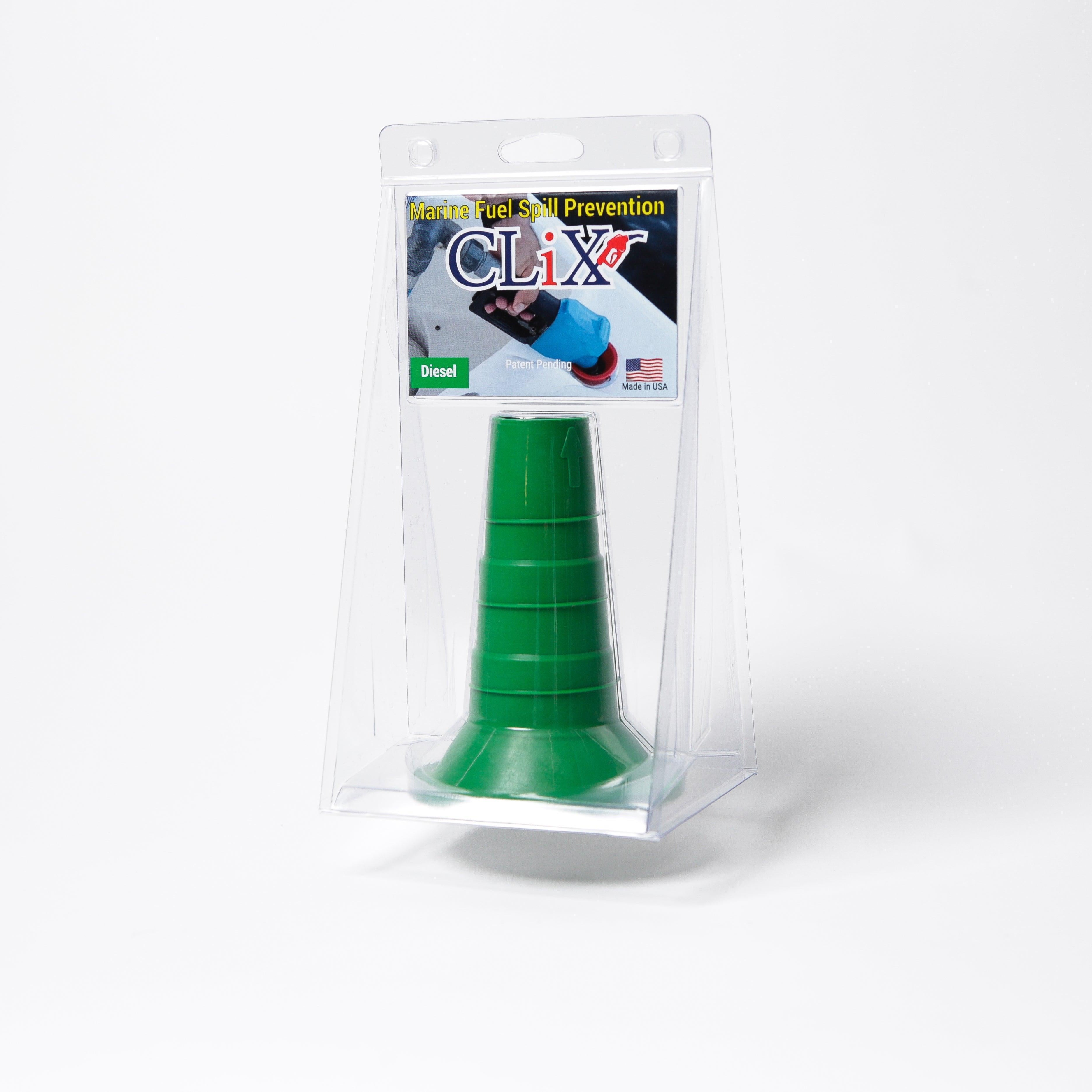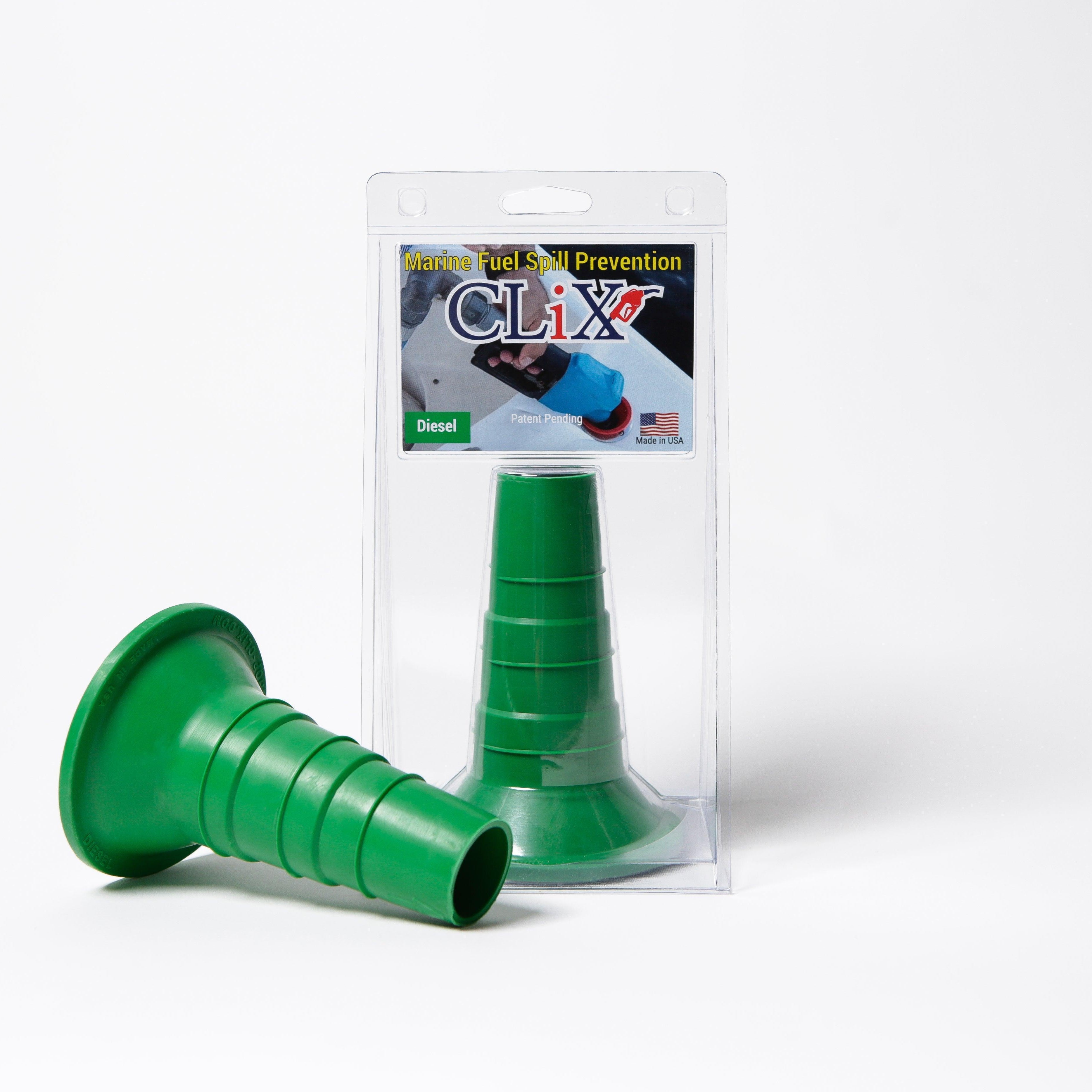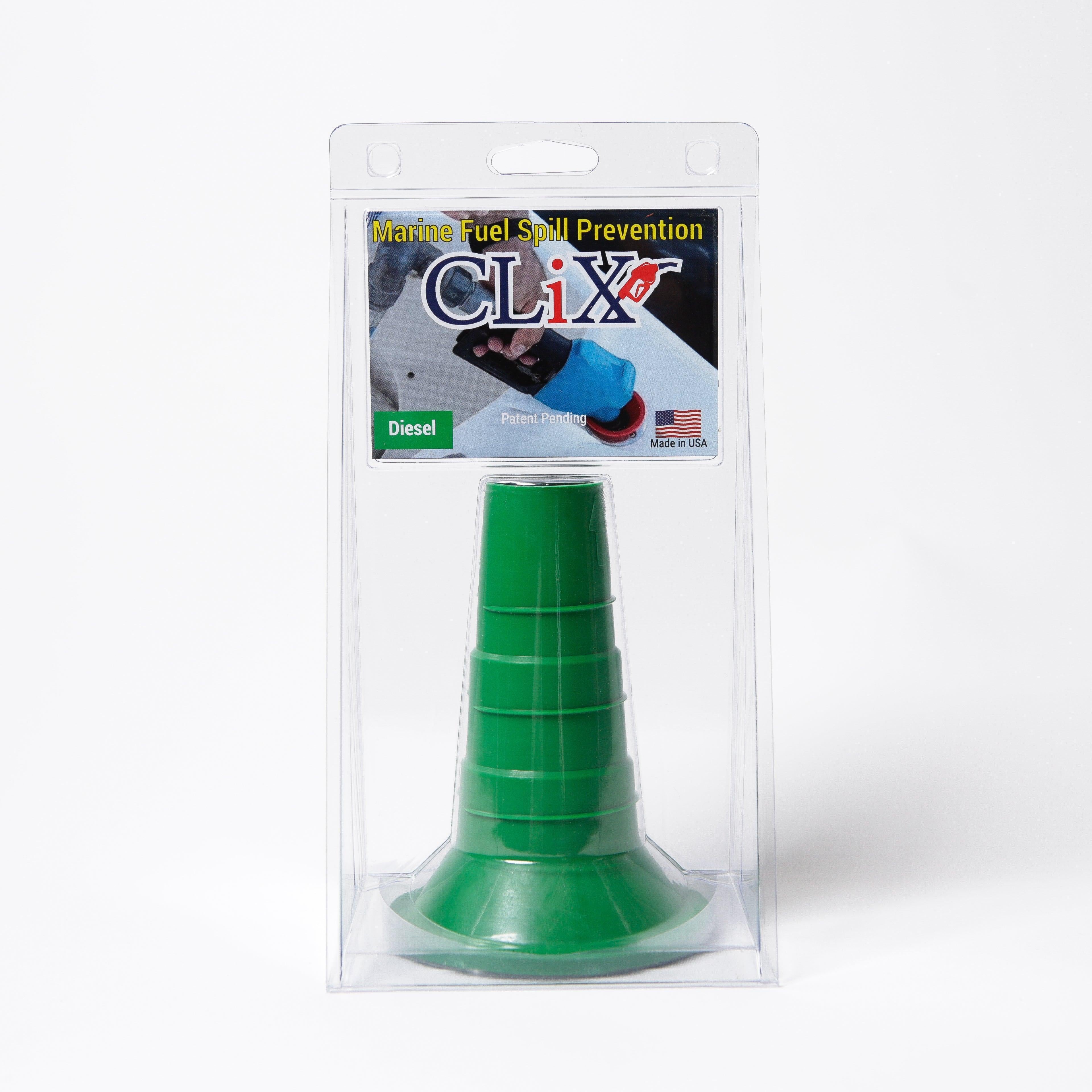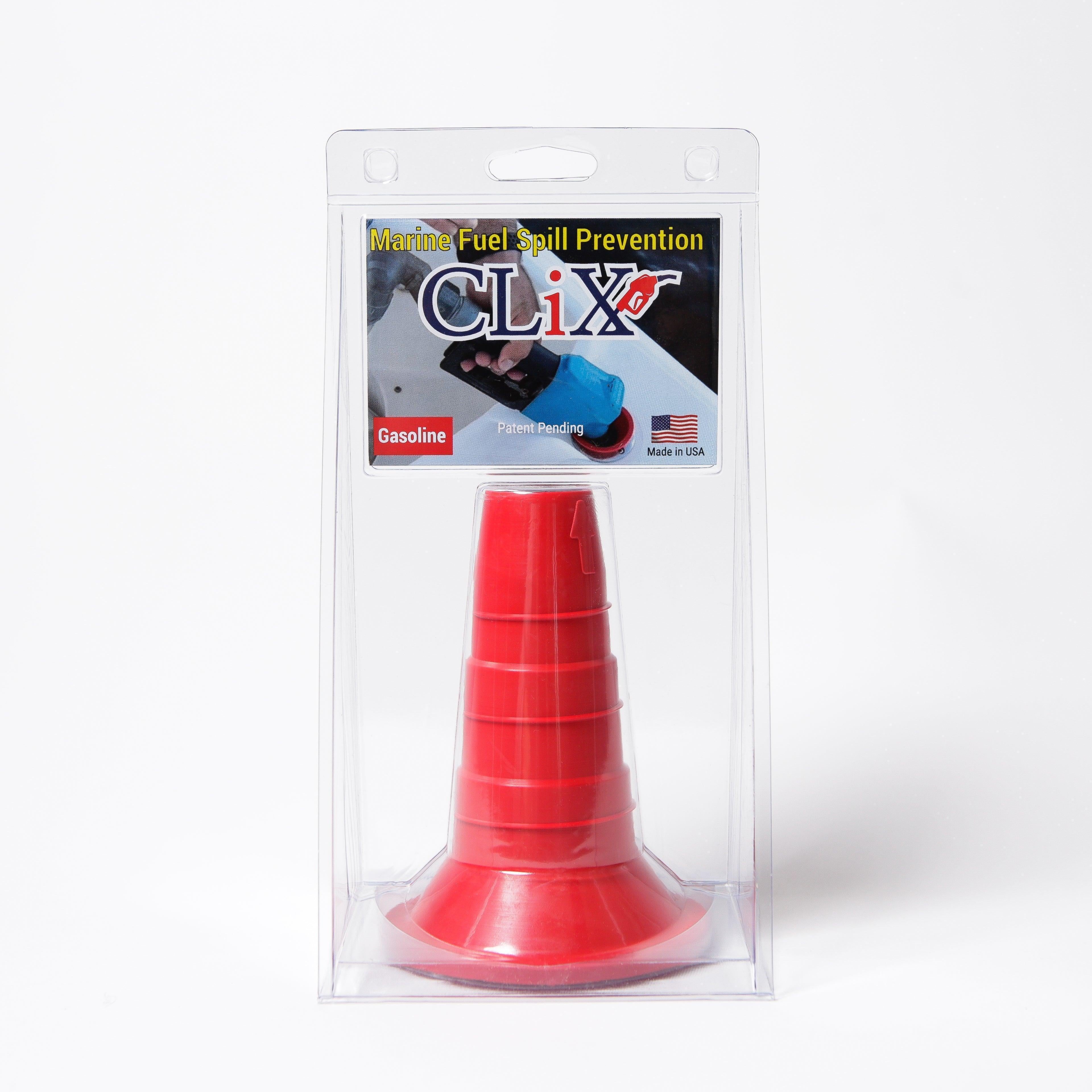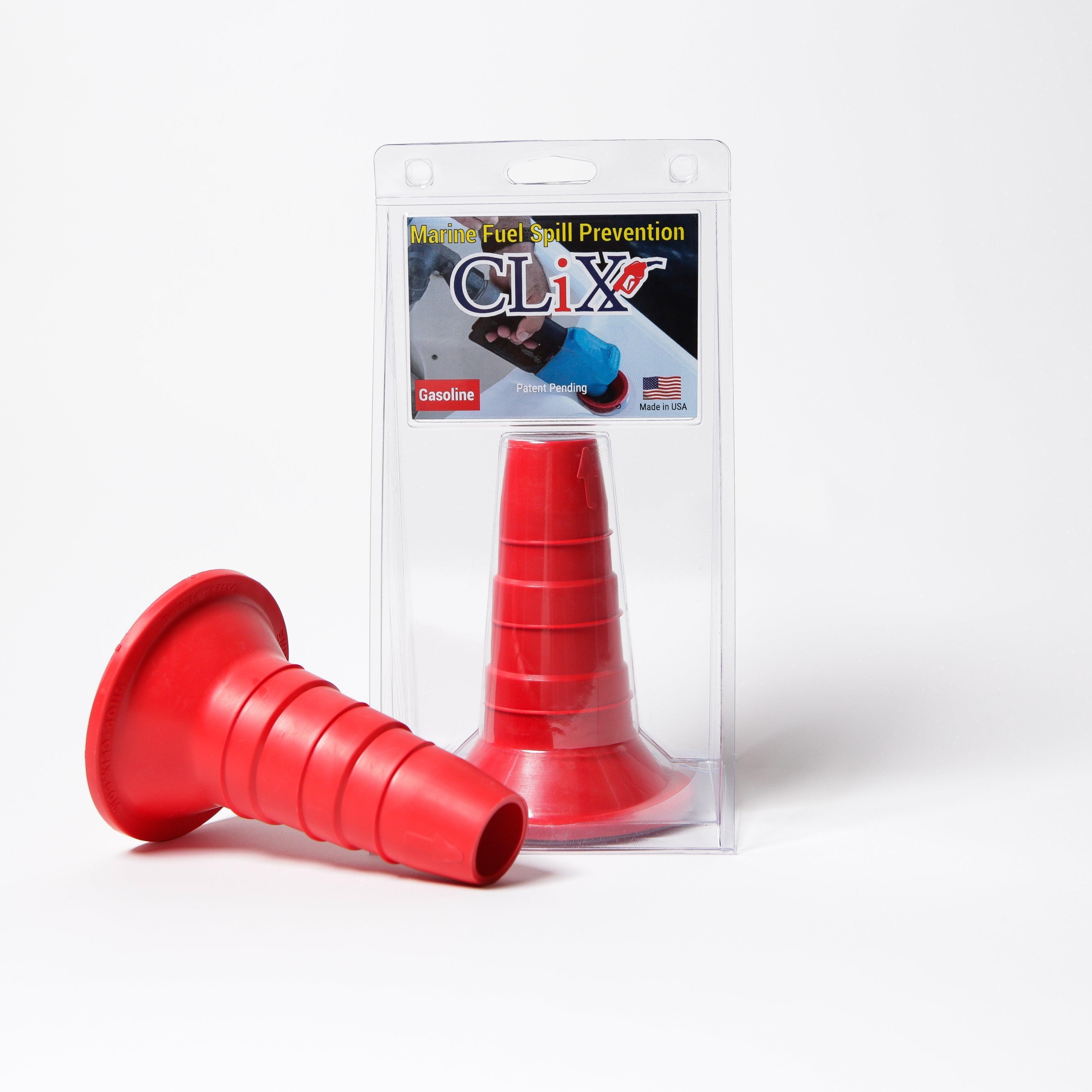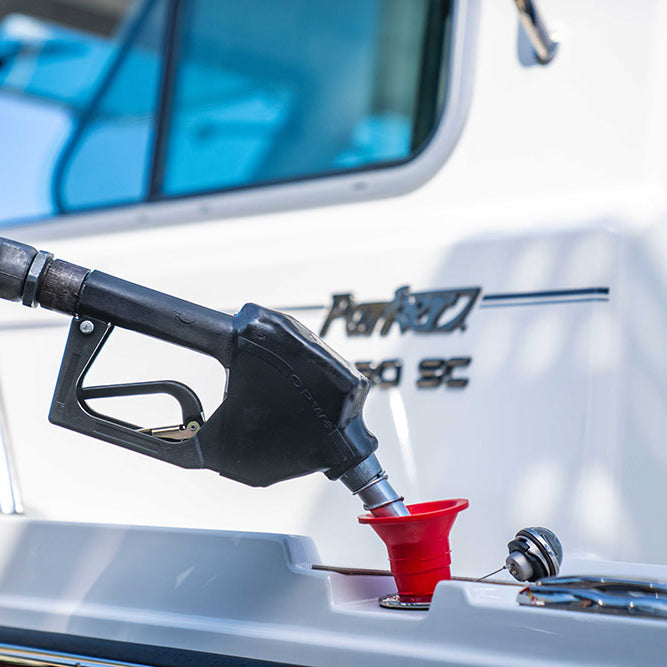So, what exactly is a portable gas tank with an electric pump? At its heart, it’s a complete, self-contained fueling station you can carry with you. It pairs a tough, sealed fuel container with a battery-powered pump, a hose, and a nozzle, letting you refuel just about anywhere, without the spills and hassles of a traditional gas station. Think of it as your personal, mobile solution for topping off the tank.
Your Essential On-the-Go Fueling Solution
Imagine having a personal gas pump right where you need it—out on the lake, deep in the woods, or on a remote job site. That’s the kind of freedom a portable fuel system gives you. It’s the perfect answer for anyone who's ever had that sinking feeling of running low on fuel, miles from the nearest station.
A great way to think about it is like a power bank for your engine. You wouldn't leave home without a portable charger for your phone, right? This gadget provides the same peace of mind for your boat, ATV, or generator. It completely replaces the awkward, risky, and messy business of tipping a heavy gas can and hoping for the best. Instead, you get a clean, automated fuel transfer with just the push of a button.
Who Needs One of These?
This isn't just a cool gadget; for many people, it's a must-have tool. Its sheer practicality makes it indispensable for anyone running gas-powered equipment far from civilization.
Here’s who benefits the most:
- Boaters and Marine Enthusiasts: Anyone who's tried refueling on the water knows what a pain it can be. This system makes topping off the tank from the dock—or even from a bigger boat to a smaller one—safe and spill-free. It’s a simple way to protect your boat’s finish and, more importantly, the water.
- Outdoor Adventurers: If you own an ATV, snowmobile, or dirt bike, you can now push your adventures further without constantly worrying about making it back to the trailhead for gas.
- Contractors and Landscapers: For pros relying on generators, commercial mowers, and other equipment, a portable tank with a pump is a game-changer. It keeps the work moving and cuts down on wasted time.
It's no surprise that these systems are catching on. The market for portable fuel tanks was valued at around USD 1.89 billion and is expected to hit USD 3.74 billion by 2033. This boom shows a real demand for smarter, safer ways to handle fuel on the go. You can find more insights on portable gas station trends on Accio.com.
The real magic is how it turns a dreaded chore into a quick, clean, and safe task. By bringing the pump directly to your equipment, it solves a huge logistical headache with impressive simplicity.
In the end, a portable gas tank with an electric pump does more than just move fuel from point A to point B. It gives you back your time, enhances safety, and gives you the confidence to go farther without looking over your shoulder.
So, How Do These Things Actually Work?
Ever found yourself wondering how you can get fuel from a portable tank into your boat's engine without the back-breaking lifting and messy spills? It's not magic, just a clever bit of engineering. Let's walk through how fuel makes its way from the tank to the nozzle, step by step.
It all starts with the tank itself, which is more than just a plastic jug. These are typically made from high-density polyethylene (HDPE), a seriously tough material. It's chosen specifically because it doesn't break down when exposed to gas or diesel and can take a beating, whether it's bouncing around in the back of your truck or on the deck of your boat.
Think of the tank as the first line of defense. Its sturdy construction is key to keeping fuel safely contained and preventing dangerous leaks or fumes.
The Electric Pump: The Heart of the Operation
The real star of the show is the electric pump. This is what makes the whole system so incredibly easy to use. Picture it as a high-powered, motorized straw. When it's time to fuel up, you just hook up the pump's alligator clips to a 12V power source—your boat's battery is perfect for this.
Once you flip the switch, a small motor inside the pump whirs to life. This motor spins a little fan-like part called an impeller. As the impeller rotates at high speed, it creates suction at the pump's intake, pulling fuel right out of the tank and into the hose.
This simple but brilliant design is what takes all the manual labor out of the equation. No more risky siphoning or trying to hoist a heavy, sloshing can of gas.
This visual breaks down the simple logic: you have a problem (empty tank), you use the solution (the pump), and you get the benefit (safe, easy refueling).
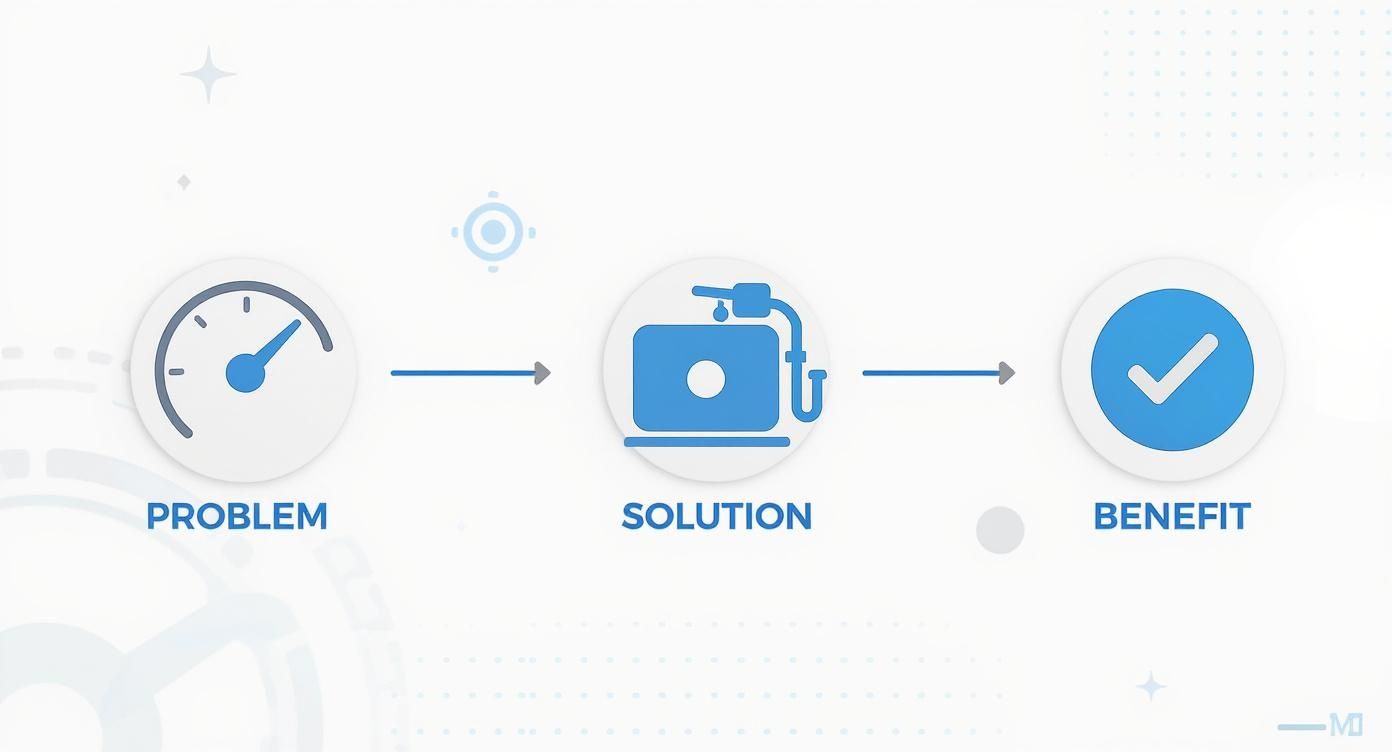
As the infographic shows, it’s all about turning a frustrating problem into a quick and efficient task.
From the Tank to Your Engine: The Fuel's Journey
As soon as the pump starts creating that suction, the fuel begins its trip through the system. Here's a quick look at the path it takes:
- Intake and Filtering: The fuel is first pulled up through an intake line. Good systems have a filter or screen right here to catch any gunk or debris. This is a crucial feature that protects both the pump and, more importantly, your engine.
- Moving Through the Hose: Next, the fuel is pushed through a heavy-duty, fuel-grade hose. These aren't just any old tubes; they're built to resist breaking down from contact with gasoline, ensuring they last a long time.
- Dispensing with Control: Finally, the fuel arrives at the nozzle, which is designed to give you total control. Many have an auto-shutoff feature, just like the pump at your local gas station, to prevent overfilling and spills.
The best part? This whole automated process doesn't just prevent spills; it also cuts down on the harmful gas fumes escaping into the air. It’s simply a cleaner, safer, and more eco-friendly way to refuel.
When you see how it all works, it's easy to appreciate that a portable gas tank with electric pump is a well-thought-out piece of gear. It turns a chore that was once a hassle into a simple, safe task. If you're out on the water a lot, you can dive deeper into finding the right portable gas pump for boats in our other guide. It's the kind of equipment that gives you real peace of mind.
What to Look for When Buying Your Portable Fuel Tank
Picking the right portable gas tank with an electric pump isn't about grabbing the biggest or fastest one off the shelf. It’s about finding the right tool for the job, whether you're refueling your boat on the water or topping off a generator at a work site. If you focus on a few key features, you'll end up with a system that’s not just convenient, but safe and reliable for years to come.
Think of it like buying a backpack. You wouldn’t take a small daypack on a week-long trek, and you wouldn't haul a massive expedition pack for a quick hike. The same idea applies here. The right features can turn a chore into a quick, simple task. Let's dig into what really matters.
Tank Capacity and Material Durability
First things first: how much fuel do you actually need to move? Tank capacity is measured in gallons, and the right size really depends on what you're filling up. A 14-gallon tank is often perfect for ATVs or a small fishing boat, but you’ll want something closer to a 30-gallon model for larger vessels or commercial equipment.
Just remember, a bigger tank means fewer trips to the pump, but it also means you've got a heavier container to lug around. It’s always a balance between convenience and portability.
The tank's construction is just as important. You want to see models made from high-density polyethylene (HDPE). This stuff is tough. It stands up to fuel corrosion and can handle the bumps and scrapes that come with being moved around. A well-built tank is your best defense against leaks and spills.
Pump Flow Rate: The Need for Speed
Once you know the size you need, think about how fast you want to pump. The pump's flow rate, measured in gallons per minute (GPM), tells you exactly that. Most portable units you'll find fall within the 2-4 GPM range.
Here’s what that looks like in the real world:
- Lower GPM (around 2 GPM): This is great for smaller tanks where you need more control. A slower flow makes it easier to avoid splashing fuel or overfilling.
- Higher GPM (4 GPM or more): If you're filling a big boat tank or heavy machinery, a faster pump is a lifesaver. It can literally cut your refueling time in half, which is a huge deal when you're itching to get back out there or wrap up a job.
Picking the right flow rate is all about balancing speed and control. A faster pump saves you time on big jobs, but a slower one gives you the precision needed for smaller tanks to prevent messy, wasteful spills.
Power Source and Hose Length
How you'll power the pump is a huge factor in how useful it is. The most common setup is a 12V DC connection that uses alligator clips to hook right up to your car or boat battery. This is a solid, powerful option, especially for pumps with a higher GPM.
Some newer models even come with their own rechargeable battery pack. This gives you total freedom, since you don't need to be near another power source. The only catch is you have to remember to keep it charged before you head out.
Don't overlook the hose length, either. A longer hose—think 8-10 feet or more—gives you a ton of flexibility. It means you can refuel without having to muscle the tank right up next to your equipment, which is a game-changer when you're refueling a boat from the dock.
To help you match these features to your specific needs, here’s a quick comparison table. It breaks down which features are most important depending on what you'll be doing.
Feature Comparison for Different User Needs
This table helps you match key product features to your specific activities, simplifying the decision-making process.
| Feature | Ideal for Boaters | Ideal for Contractors | Ideal for RV Owners |
|---|---|---|---|
| Tank Capacity | 20-30 gallons to minimize trips while on the water. | 14-20 gallons for portability between job sites. | 14-30 gallons depending on generator size and trip length. |
| Pump Flow Rate | High GPM (4+) to fill large boat tanks quickly. | Medium GPM (2-4) for a balance of speed and control. | Low GPM (2-3) for precise, spill-free generator refueling. |
| Hose Length | Long (10+ feet) for easy refueling from the dock or another boat. | Medium (8-10 feet) for flexibility around equipment. | Long (10+ feet) to reach generators from stored tank location. |
| Power Source | 12V DC Battery Clips to connect directly to the boat’s battery. | Rechargeable Battery for ultimate job site portability. | Both 12V and Rechargeable options are useful for flexibility. |
| Material | HDPE for corrosion resistance against marine environments. | HDPE for durability and impact resistance on site. | HDPE for long-term storage and weather resistance. |
Ultimately, the best choice aligns these features with how you plan to use the tank. A boater's priorities are different from a contractor's, so use this as a guide to find your perfect match.
Safety Certifications: Your Non-Negotiable Peace of Mind
This is the single most important thing to look for. Never buy a portable fuel tank that isn't certified by a recognized safety authority. These certifications are your proof that the product has been properly tested to handle flammable liquids.
Keep an eye out for these two key labels:
- DOT (Department of Transportation): This means the tank is legal and safe to transport on public roads.
- UN (United Nations): This is an international standard that proves the tank meets specific requirements for strength and preventing leaks.
These aren't just suggestions—they're essential for your safety and for protecting the environment. The market for these pumps is growing, from USD 1.71 billion in 2021 to USD 1.87 billion in 2024, and that growth is driving better and safer technology. To learn more, you can check out the analysis of the fuel transfer pump market on GrandViewResearch.com. When you choose a certified product, you're getting the benefit of these industry-wide safety improvements.
Why Electric Pumps Are a Safer Choice
Let's be honest, handling fuel can be a nerve-wracking part of the day. But a portable gas tank with electric pump is about more than just convenience—it's a huge step up in safety and a much smarter choice for the environment. This isn't just a can; it's an integrated system designed to take the risk out of refueling.
Think about wrestling with a traditional, heavy gas can. The awkward lifting, the unsteady pouring—it’s a recipe for a dangerous spill. An electric pump gets rid of that physical struggle, which is its first, most obvious safety win. You no longer have to hoist a 50-pound container into a shaky position, dramatically cutting the risk of spills from a strained muscle or a simple slip.
Eliminating Spills and Overfills
One of the biggest headaches with manual refueling is the dreaded overfill. A little too much, and suddenly you have gasoline spilling onto a hot engine or seeping into the ground. These new electric pump systems are built to stop that from ever happening.
They've got some smart features that make refueling almost foolproof:
- Auto-Shutoff Nozzles: It’s just like the pump at the gas station. The moment your tank is full, the nozzle clicks off. This single feature is a game-changer for preventing messy and dangerous overfills.
- Controlled Flow Rate: Forget the unpredictable "glug-glug" of a standard can. An electric pump gives you a smooth, steady stream of fuel. You have total control, making it easy to top off a tank without splashing a drop.
These features give you real peace of mind, especially when you're refueling at a busy marina, a pristine campsite, or anywhere a single spark could be a disaster.
Reducing Harmful Vapor Leaks
It’s not just the liquid fuel that’s a problem; gasoline vapors are highly flammable and nasty to breathe. Every time you open a traditional gas can, you're releasing those fumes into the air. A portable gas tank with an electric pump, on the other hand, is a sealed system that keeps those vapors locked in.
The sealed design is a critical safety advantage. It contains the flammable vapors, making the air around you safer and drastically lowering the risk of ignition from a stray spark.
This sealed approach is a big part of what makes these systems so responsible. By preventing both liquid spills and vapor leaks, you’re doing a better job of protecting yourself and the world around you. To dive deeper, you can learn more about the benefits of using a modern pump gas can in our detailed guide.
Ultimately, choosing a system with an electric pump isn't just about making life easier—it's about making the smart, safe choice every single time you need to refuel.
Choosing the Right Tank for Your Boat
Refueling on the water brings its own unique set of challenges. It's nothing like filling up your car or lawnmower on solid ground. Between the constant motion of the waves and the harsh, corrosive saltwater environment, a boater's needs are very specific. Picking the right portable gas tank with an electric pump is more than a matter of convenience—it's about safety, efficiency, and protecting your boat.
Think about it: a boat is never perfectly still. The last thing you want is a top-heavy, unsecured fuel tank sliding around your deck while you're just trying to top off your engine. This is why features that might seem minor on land, like a low center of gravity, strong tie-down points, and rugged materials, become absolutely essential out on the water.
Matching Tank Capacity to Your Voyage
The first thing you need to figure out is simple: "How much extra fuel do I really need?" The answer is different for everyone and depends entirely on your boat's engine and your typical day on the water. Get this wrong, and you're either hauling around dead weight or, worse, running the risk of getting stranded.
Consider how you use your boat. Are you doing quick laps around the lake, or are you heading offshore for a full day of fishing? A small boat with an efficient outboard might only need a 14-gallon tank to have a comfortable reserve. But if you're running a bigger boat with a thirstier engine, a 20 or 30-gallon tank can be a game-changer, letting you stay out longer without a time-consuming trip back to the fuel dock.
A great rule of thumb is to figure out your engine's average fuel consumption per hour. Multiply that by how many extra hours of runtime you want. This quick calculation makes sure your portable tank is a real safety net, not just a few more minutes of fun.
Planning this out helps you avoid carrying excess fuel, which can negatively affect your boat’s performance and how it handles. It's all about striking that perfect balance between being prepared and staying agile.
Prioritizing Marine-Grade Durability
The marine environment is incredibly tough on equipment. The constant assault of sun, salt, and moisture can destroy standard materials in just a season or two. This is why you absolutely must choose a tank and pump system built specifically for life on a boat.
Here’s what to look for to make sure your gear can take the abuse:
- Corrosion-Resistant Materials: The tank body should be a thick, UV-stabilized plastic, but don't forget the little things. Every metal fitting, from the hose clamps to the nozzle parts, must be stainless steel or brass to fend off rust.
- Fuel-Grade Hoses: Check that the hose is rated for marine fuel. These are designed to resist breaking down from gasoline and the salty air, which prevents dangerous cracks and leaks.
- Robust Construction: The tank should have sturdy, integrated handles and solid tie-down points. You need these to safely secure the unit on your deck so it stays put, even when things get choppy.
Spending a bit more on marine-grade quality upfront will save you from costly replacements down the road and, more importantly, prevent a critical failure when you're miles from shore. Our guide offers more tips on finding the best portable gas containers for boats that are built to these high standards.
Securing Your Tank for Safe Passage
After you’ve picked out the perfect tank, the final step is to make sure you secure it properly. An unsecured fuel tank is a serious hazard. If it tips over, it can cause damage to your boat or create a dangerous fuel spill. Always use the built-in tie-down points.
Use good-quality straps or bungee cords to anchor the tank to something solid, like a cleat or a railing. Check that it’s snug and upright, with no chance of it sliding or wobbling around. When you’re not using it, store the tank in a well-ventilated spot out of direct sun to keep pressure from building up inside. A little bit of care here makes all the difference in keeping every refueling trip safe and stress-free.
Your Questions, Answered
Alright, so you get the big picture of how these portable fuel systems work. But as with any piece of gear, the devil is in the details. You probably have a few practical questions popping into your head, and that’s a good thing—it pays to think things through before you buy.
We’ve pulled together the most common questions we hear from boaters and outdoor enthusiasts. Think of this as a quick-start guide to clear up any confusion and get you using your new system with confidence.
Can I Use These Tanks for Diesel Too?
This is a big one, and the short answer is: it depends entirely on the model. Many portable refuelers are built to handle both gasoline and diesel, but you can't just assume. You absolutely have to check the manufacturer's specs.
The difference comes down to the pump's guts. Pumps designed for both fuels use special seals and gaskets made from materials that won’t break down when they come into contact with the different chemical makeup of diesel. If you try to run diesel through a gasoline-only pump, those parts can swell, crack, and fail, leading to leaks and a busted pump.
Always, always double-check the product manual or description for fuel compatibility. Trying to wing it is a costly mistake that can wreck your gear and instantly void your warranty.
How Do I Power the Electric Pump?
The whole point of the electric pump is to make life easier, and powering it is just as simple. You've generally got a couple of choices. The most common setup is a 12V DC connection. These pumps come with a power cord and a pair of alligator clips you hook right up to a power source.
Here’s how you can get it running:
- Your Vehicle's Battery: The easiest way is to clip the pump's power leads directly onto the terminals of your boat, truck, or car battery. This gives you a steady, reliable current, which is perfect for pumps that move a lot of fuel quickly.
- A Built-In Rechargeable Battery: Some of the newer, more advanced models come with their own rechargeable battery pack. This is the ultimate in grab-and-go convenience since you don't need to be tethered to another vehicle. Just be sure to top off the battery before you head out.
Deciding between the two really boils down to how you plan to use it. If you’re usually refueling near a vehicle, the 12V clips are all you need. If you need total freedom out on a remote dock or job site, a model with an onboard battery might be the smarter investment.
Is It Legal to Transport a Full Tank in My Vehicle?
For the most part, yes, you can legally drive with a full portable fuel tank in your vehicle, but there’s a major catch: it has to meet specific safety standards. You can't just throw any old container in the back of your truck. For transport to be safe and legal, the tank must be certified.
Keep an eye out for these two critical certifications on the product itself:
- DOT (Department of Transportation): This sticker means the tank has been put through the wringer and is approved for safe travel on U.S. roads.
- UN (United Nations): This is an international stamp of approval, showing the tank meets tough global standards for strength, durability, and preventing leaks.
When you're on the move, always make sure the tank is secured upright so it can't tip over. The bed of a truck or another well-ventilated space is ideal—this keeps any potential fumes from building up inside the cab of your vehicle.
What Kind of Maintenance Does the Pump Require?
One of the best things about a good portable gas tank with electric pump is how low-maintenance it is. A few simple habits are all it takes to keep it in prime condition for years of reliable service.
Here's a quick checklist for your routine:
- Clear the Hose: After you finish refueling, let the pump run for a few extra seconds. This pushes any leftover fuel out of the hose so it’s not just sitting there.
- Inspect Your Connections: Every so often, give the hose, nozzle, and all the connection points a quick look-over. If you see any cracks, brittleness, or other signs of wear, replace those parts right away.
- Clean the Intake Filter: Most pumps have a small filter screen on the intake to keep gunk out of the motor. Check it periodically and clean it off to prevent clogs that can slow down the flow or burn out the pump.
- Store It Smart: When you're not using it, keep the tank in a cool, dry spot out of direct sunlight. This protects the plastic from UV damage and helps prevent pressure from building up inside.
Taking just a few minutes to do these things will protect your investment and make sure your pump is ready to perform whenever you need it.
Ready to make refueling the easiest part of your day? The innovative systems from CLiX Fueling Solutions are designed to give you a stress-free, spill-free experience every single time.
Discover the perfect fueling system for your boat at CLiX Fueling Solutions

